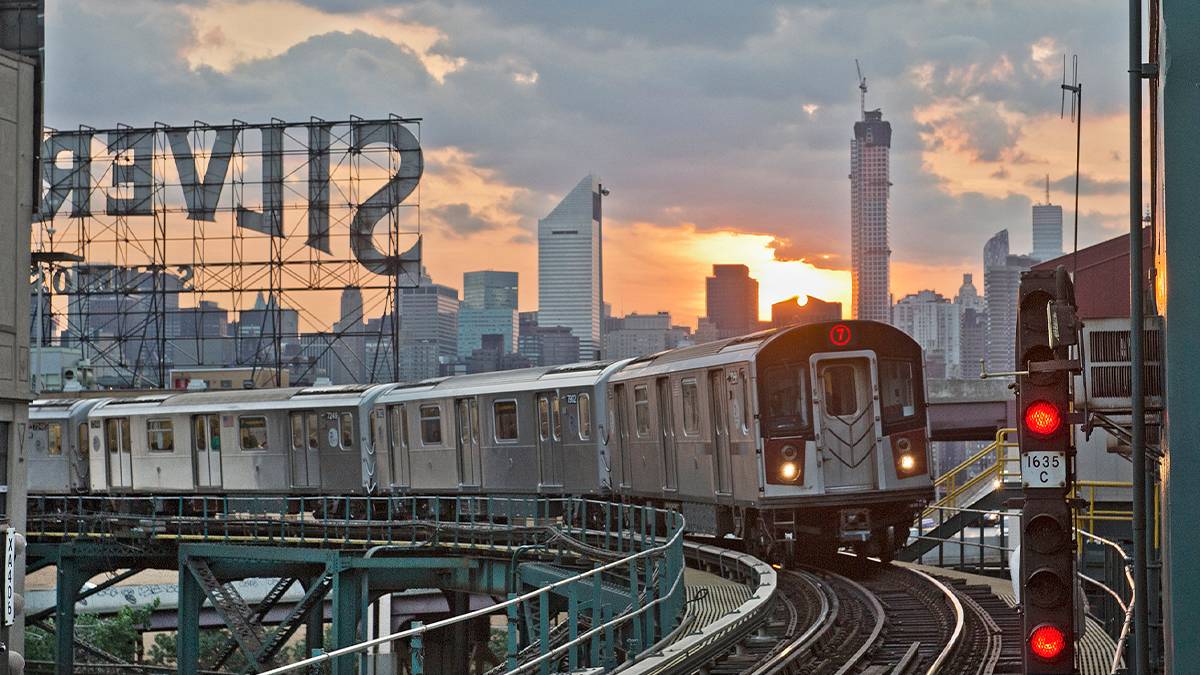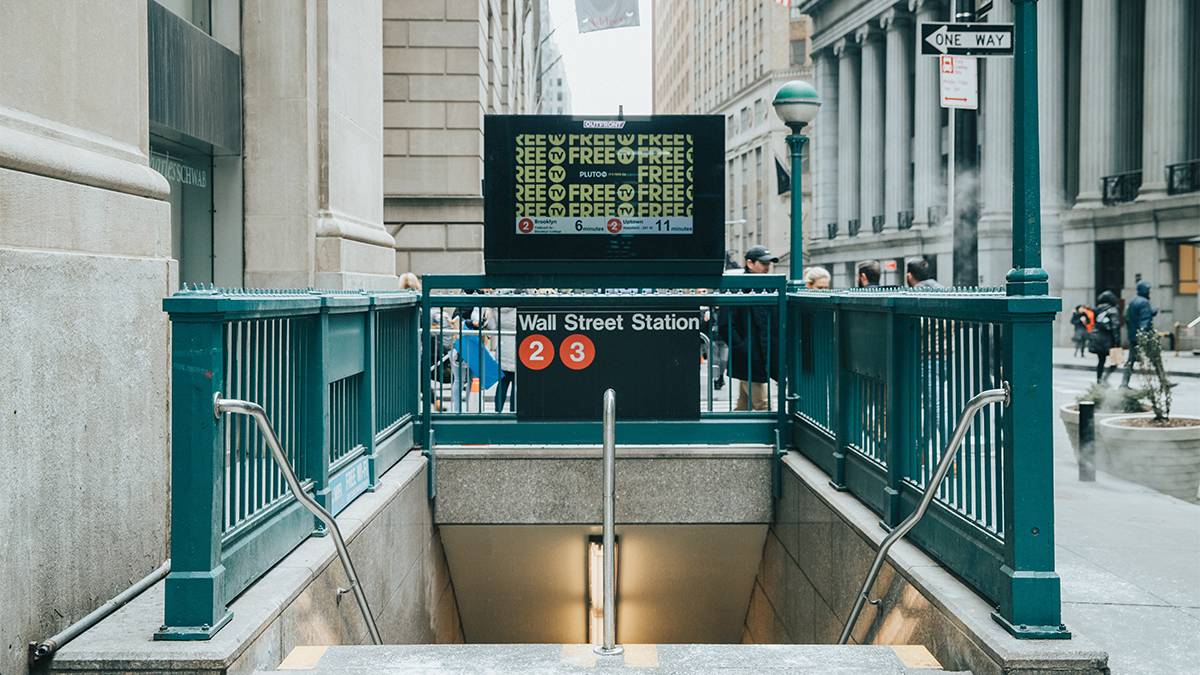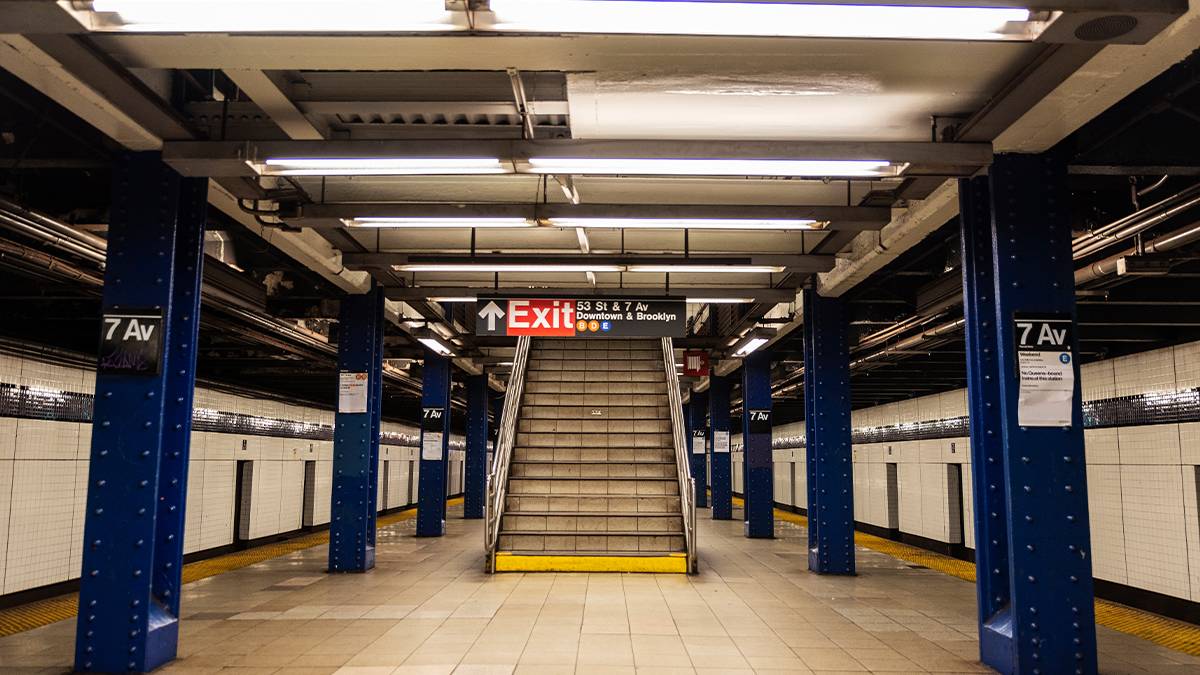How to Use the NYC Subway as a Tourist: Insider Tips for Smooth City Adventures

The NYC subway can feel overwhelming, with confusing maps, crowded platforms, and locals who move fast while you hesitate. One wrong train can ruin a day, sending you to Brooklyn instead of Midtown or making you late for a Broadway show.
Many visitors worry about holding up lines, blocking doors, or making mistakes that mark them as outsiders. The subway is faster and cheaper than taxis, but the fear of looking lost often holds people back.
These are the common reasons why learning how to use the NYC subway makes the difference between stress and smooth travel. In addition, knowing how to use the NYC subway as a tourist saves both time and money. With the right guidance, you can ride confidently and enjoy the real New York—so keep reading!
Tap In, Don’t Freak Out
OMNY
At every turnstile in the NYC subway, you’ll see a sleek little screen waiting for you to pay your fare with just a tap. Those glowing pads are OMNY readers, the city’s contactless system that’s making MetroCards look like flip phones in the age of iPhones.
All it takes is a single tap from your phone, smartwatch, or card, and the gate springs open with a cheerful green “GO.” Tourists love OMNY because it’s fast, no-nonsense, and saves you from standing in line behind someone who still can’t figure out how to swipe.
Tap Once, Not Twice
The turnstiles at subway stations are your portal to adventure, and the way you enter the system sets the tone for your ride. Tap your device or card once—don’t wave it like a magic wand or double-tap in panic—and the display will instantly tell you if you’re good to go.
If the word “GO” pops up, you’re in business; if it flashes “TRY AGAIN,” you’re either too quick or too wobbly. Once you’ve nailed the rhythm, getting through the gates feels as smooth as slipping into a local coffee shop line.
Fares, Free Transfers & Your Wallet’s New BFF
The NYC subway makes budgeting easy with a single ride fare set at $2.90 as of 2025, no matter how far across the city you travel. That one fare also buys you free transfers between subway and bus within two hours, so you don’t keep swiping for each leg of your trip.
Even better, OMNY automatically caps your weekly costs—after 12 rides, the rest of your trips that week are free. Think of it as the city’s way of saying, “Welcome, tourist, enjoy unlimited chaos.”
Tapping in Your Entourage
Group travel is a whole different game underground, but the subway lets you bring friends through the turnstile step by step. You can tap up to four riders in a row using one device or card, which is convenient if you’re herding kids or friends who’ve never seen a metro in their lives.
The only catch is that fare caps apply to the first rider only, so if you want everyone to unlock unlimited free rides, each person needs their own payment method. It’s the perfect excuse to remind your group that independence isn’t just for sightseeing—it’s for subway rides too.
Need a Card? They’re Everywhere
Across New York, every subway station and corner store seems ready to help with an OMNY card, which you can grab from a vending machine or retailers like CVS and Walgreens. The card works just like a credit or debit card, letting you reload your balance as needed for your trip.
It also supports contactless payment, so if you’re rocking Apple Pay, Google Pay, or a smartwatch, you’ll glide through the gates like you’ve been riding for years. For tourists who prefer not to link their personal bank cards, OMNY cards are a simple, reloadable option that keeps your subway experience stress-free.
MetroCard
In New York subway stations, the trusty yellow-and-blue MetroCard is still hanging on, even as OMNY takes center stage. It’s the card you’ll see in countless movies, and for many visitors, it feels like holding a piece of subway history.
You can still swipe through every turnstile with it, and tourists who like something physical in hand often go for this option. Think of the MetroCard as the city’s “vintage” payment system that still gets the job done.
Unlimited vs. Pay-Per-Swipe
Every 7-day unlimited MetroCard is basically a golden ticket if you’re spending a week exploring all corners of the city. It lets you ride the subway (and buses) as much as you want for $34 as of 2025—perfect for tourists who plan to hop around multiple boroughs.
If your stay is shorter or you don’t expect to ride more than a few times, the pay-per-ride option may stretch your budget better. Locals still debate which card is worth it, but if you’re sightseeing daily, unlimited always wins.
The Art of the Swipe (Yes, Really)
At every station, you’ll need to buy a MetroCard from a vending machine or booth before you can start practicing your swiping skills. Once you’re at the turnstile, insert the card with the black stripe facing you, and pull it through at a steady, not-too-fast, not-too-slow pace.
If you hear a sad beep instead of a happy green light, it usually means your timing was off—don’t panic, just try again. After a couple of rides, you’ll swipe like a pro, and no one will even notice you’re a tourist.

Which Way Is That Train Going?!
Yes, Your Phone Knows Better Than You
In every corner of the city, a good trip planner app like Citymapper, Google Maps, or the official MTA app can make or break your subway experience. These apps tell you exactly which train to take, where to transfer, and even warn you if weekend service is running on its own chaotic schedule.
Forget old-school paper maps—your phone is the ultimate subway survival tool. Even locals sneak a peek at apps, so you’ll blend right in while navigating.
Uptown = Up. Downtown = Down. Easy.
Inside a subway station, you’ll quickly notice that trains are marked “Uptown” or “Downtown,” which is code for north and south in Manhattan. Uptown usually means heading toward Harlem and the Bronx, while Downtown points you to Brooklyn and Lower Manhattan.
If you’re standing at the stairs wondering which way to go, just remember that the street numbers go up as you head Uptown and down as you head Downtown. Checking the signs before you swipe saves you from riding the wrong way and losing precious sightseeing time.
Express or Local? The Great Debate
Across platforms and on every subway map, trains are split into local and express, and knowing the difference can save you major time. Local trains stop at every single station, while express trains skip a bunch to speed you across town.
The catch is making sure the express train you’re boarding actually stops near your destination—otherwise, you’ll zoom right past it.
Pro Tip: Look for the black dots (local) or white dots (express) on the map to know where each train stops.
Transfer Like a Pro (or Just Follow the Signs)
In New York’s public transportation system, transfers are your golden ticket to getting more out of a single $2.90 fare. You can switch lines underground without paying again, or hop from a subway to a bus within two hours for free.
Apps will usually guide you through which transfers are the fastest, but signs inside stations also point you toward connecting lines. Mastering transfers is what separates confused tourists from confident riders gliding through the system.
How Not to Get Side-Eyed on the Subway
Let Them Off, Then Sashay In
At the turnstiles and platforms, the fastest way to learn how to use the NYC subway like a local is to let riders step off before you jump on. It keeps the flow moving and prevents the side-eye New Yorkers are famous for.
Don’t Be a Door Hog
On crowded trains, nothing screams “tourist” louder than blocking the doors, which is why tips on how to use the NYC subway as a tourist always include moving into the center of the car. This small move creates space and makes boarding faster for everyone.
Headphones In, Drama Out
Across the New York City subway, the golden rule is to keep your soundtrack or calls private. Headphones make you blend in, while blasting TikToks out loud makes you the villain of the ride.
Backpacks Off. Chill Mode On.
Inside a packed car, NYC subway tips always include pulling backpacks off your shoulders and holding them by your side. This prevents bumping into people and frees up space without costing you any comfort.
That Empty Car? Nope.
During rush hour, tips for NYC subway always stress avoiding that one mysteriously empty car. Chances are, it’s deserted for a reason—think broken AC, bad smell, or worse.
Be Cool, Give the Seat
Every guide on how to use the subway in NYC includes the reminder to give up your seat for older people, pregnant riders, or anyone who needs it. It’s both courteous and expected, and locals will notice.
Stand Right, Walk Left. Always.
In every subway ride, escalators work like highways: stand on the right, walk on the left. Following this simple system prevents traffic jams and keeps things moving smoothly.

Staying Safe Without Going Full Jason Bourne
The Yellow Line Is Not a Suggestion
On busy platforms, the NYC subway depth map reminds you just how far underground some stations go, which makes that yellow safety line your best friend. Standing behind it keeps you safe from rushing trains and the occasional crowd surge.
Subway Surfing Is Not a Sport
Inside the cars, you’ll realize in about 18 minutes of jerky stops that balance is a survival skill. Holding a pole or strap keeps you steady and prevents you from falling into strangers’ laps.
Keep the Littles Close
For families, every subway guide for NYC stresses holding kids’ hands while boarding or exiting. Quick doors and crowded platforms make it crucial to guide little ones step by step.
Bright Cars, Safe Vibes
Across the New York City subway, safety is as much about where you ride as when you ride. Choosing cars that are well-lit and filled with other passengers gives you peace of mind, especially late at night.
Trust the Crowd
In a system that spans 472 stations, it’s tempting to slip into an empty car, but seasoned riders know better. Cars with other passengers are safer, cleaner, and less likely to surprise you with an unpleasant reason for being empty.
Lost? Look for Blue Lights & People in Vests
Throughout the network of subway lines, you’ll spot bright blue Help Point intercoms and uniformed staff who can assist in emergencies. Knowing where they are before you need them makes all the difference in a stressful moment.
Ready to Ride the Subway Like a True New Yorker?
By now, you know that learning how to use the NYC subway is the key to unlocking the real city beyond the typical tourist traps. With these insider tips, you’ll master how to use the NYC subway as a tourist without fear of getting lost or slowing down the locals.
Planning your New York City trip becomes even easier when you secure the best deals and bundle with vacation packages through Tripster. You’ll save money and time while booking New York City attractions, shows, and hotels that make every moment count.
The subway is your passport to every corner of the Big Apple. Get ready to swipe, tap, and ride your way to the ultimate New York adventure!
What Are The How to Use the NYC Subway FAQs?
What’s the easiest way to pay for the subway as a tourist?
The OMNY system lets you tap with a contactless card, phone, or smartwatch, making it the simplest option. If you prefer a physical card, MetroCards are still available at station vending machines until the end of 2025.
Is the NYC subway safe for tourists?
Yes, millions ride daily without issues, but basic awareness goes a long way. Stay behind the yellow line, ride in busy cars, and use common sense, especially late at night.
What’s the difference between local and express trains?
Local trains stop at every station, while express trains skip some stops to save time. Always check signs or apps to make sure the express train you’re boarding stops near your destination.
Do children need to pay to ride the subway?
Up to three children under 44 inches tall can ride for free with a paying adult. Older kids will need their own fare.
How do I know if I’m going Uptown or Downtown?
In Manhattan, Uptown means trains heading north (higher street numbers), and Downtown means heading south (lower street numbers). Signs at the entrances and platforms clearly mark the direction.
Can I transfer between subway lines for free?
Yes, transfers between subway lines inside the system don’t cost extra. You also get a free transfer from subway to bus within two hours when using the same payment method.
How late does the NYC subway run?
The subway operates 24/7, but service is less frequent late at night. Plan extra time if you’re riding after midnight.
What should I do if I get lost on the subway?
Use a transit app like Google Maps or Citymapper to re-route quickly. If you’re unsure, don’t hesitate to ask an MTA staff member or even a fellow rider.
Are there unlimited ride options for tourists?
Yes, the 7-Day Unlimited MetroCard offers unlimited rides for $34 as of 2025, which is a great deal if you’re riding more than 12 times in a week. With OMNY, you’ll get the same benefit automatically once you hit 12 rides.